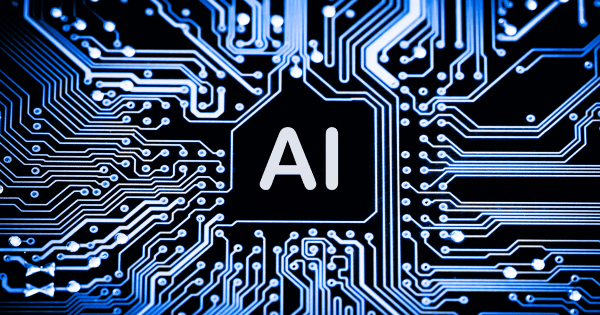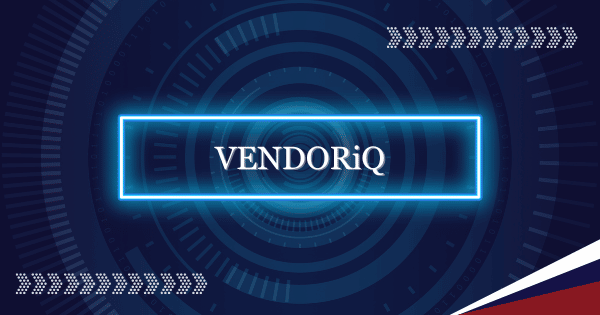
AI as the Engine of the Innovation Economy: Part 5 – Value Realisation
Realise value by treating AI as a portfolio: balance risky experimentation with scalable adoption to bridge the ROI gap.

Realise value by treating AI as a portfolio: balance risky experimentation with scalable adoption to bridge the ROI gap.

Leaders are prioritising operational optimisation and procurement, whilst navigating AI governance to future-proof their digital strategies.

Microsoft Ignite ushers in autonomous agents, creating an immediate need for financial oversight and zero-trust security to manage unpredictable operational costs.

Unsustainable AI vendor economics demand a strategic focus on governance, true costs, and open-source models for lasting innovation and competitive advantage.

Microsoft’s new sandboxed Copilot extends its reach from data synthesis to autonomous execution, creating governance and compliance challenges, especially around paywalled data and security.

Adobe’s unified Firefly AI platform streamlines creative production, offering choice via a multi-model ecosystem while shifting vendor lock-in to the overarching Creative Suite.

Canva is challenging Adobe’s market leadership by offering free professional tools (Affinity) and launching an AI-driven Creative Operating System for enterprise content scale.

How best to justify project budgets for efforts to reduce risk ? While some people focus on simply lowering risk as a whole, the more effective move is to align mitigation efforts precisely with the organisation’s stated risk appetite.

Managing information where it lives, known as manage-in-place, requires understanding diverse technical architectures to select the right governance strategy.